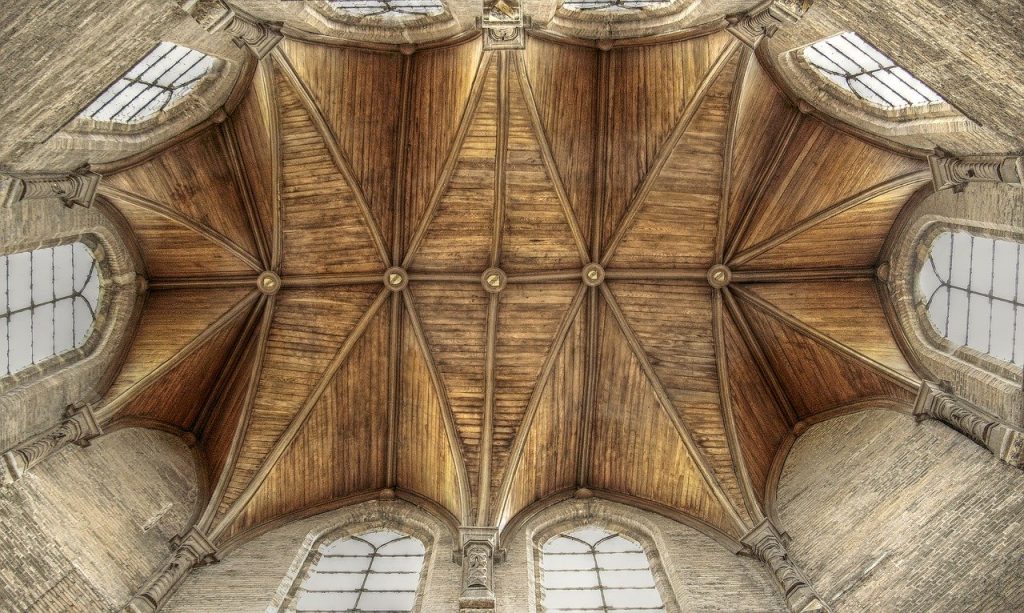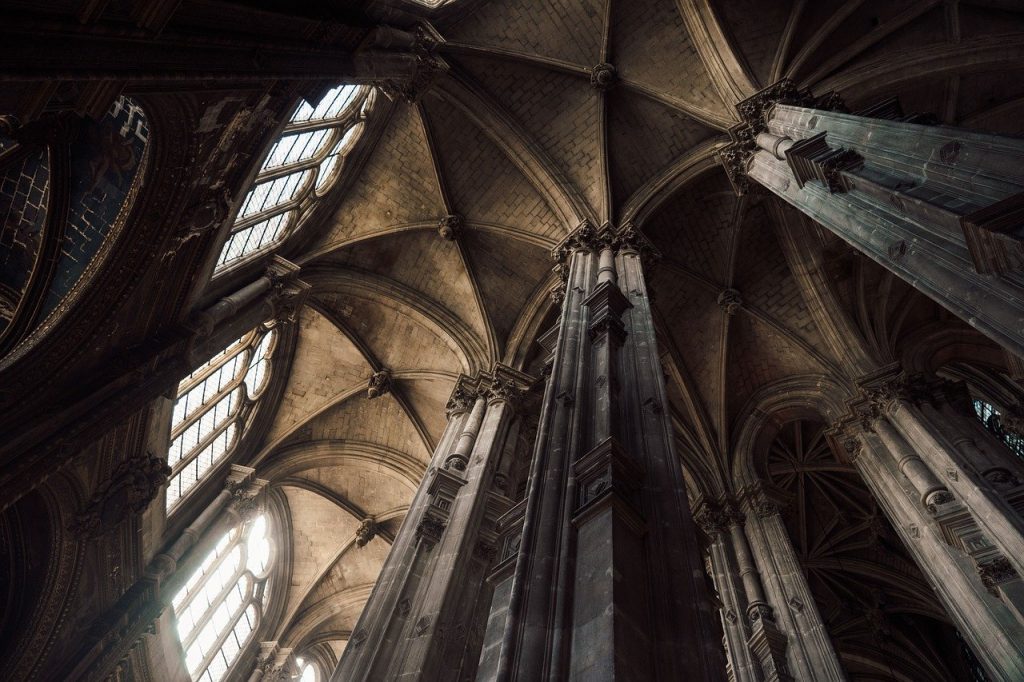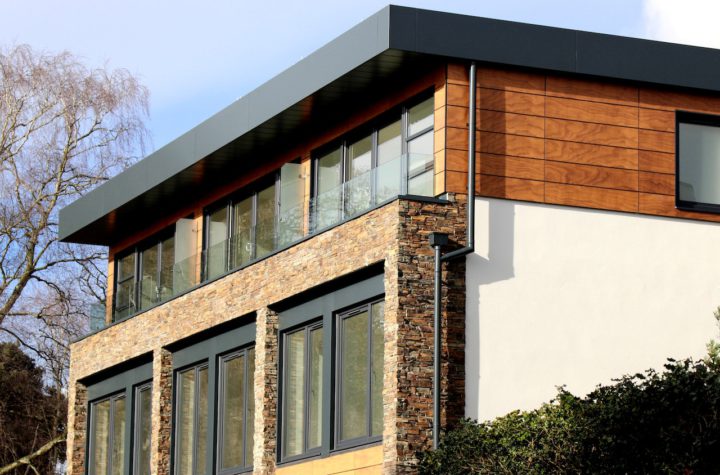
Ceilings provide a skeletal framework for the roof or an attic. It joins the sturdy base of the house strengthening its interior from external forces such as weather, heat, and quakes. But what is the most common material used in building and stabilizing it?
Timber Ceilings
Before touching the heart of the matter, let’s get familiarized with what timber is.
Timber, also known as lumber, is a type of wood that is processed into planks and beams with the size of 2×2, 4×4, etc., depending on how you want to use it. Lumber is used more frequently for structural purposes but it has many other uses.
While timber is widely used in work wood producing boxes, matches, crates, and furniture, timber is used in the construction industry in three ways:
- sawn wood
- veneers and plywood
- fibreboards
Hardwood is the most commonly used kind of timber. And while you’re not convinced of whether to use timber for your ceilings or not, here’s an array of benefits namely:
- weather resistant
- electricity conduction resistant
- thermal performance
- acoustic benefits
This type of wood can also achieve a nice glossy look if you use a quality timber resin.

What is the advantage of timber over wood?
Although wood has natural insulating properties, timber is a natural insulator. It helps in reducing energy needs when being used with windows, doors, and floors. The timber frame allows more insulating space than a building made up of bricks. I’m sure you’ve seen those majestic furniture pieces made of timber, at your grandparents’ house. Well, it’s not all thanks to the timber furniture polish – timber is actually a naturally beautiful material as well.
What are the most important qualities of good timber?
Because of many lumber areas, it may be such a task to choose which timber is the best or which is a rip-off. Here are 10 guidelines that could help you pinpoint the most important qualities that you should tick off the list as you check what you’re getting for your ceiling:
- A great quality timber should be tough enough to resist deterioration.
- As mentioned earlier, timber provides a skeletal framework on the very roofing of a house. Therefore, it should be tested if it has sufficient strength to resist heavy structural loads.
- In terms of shocks resulting from vibrations, good quality timber should also be tough enough to resist it. There should be no signs of deformity, breakage, and splitting. Spot the timber who have narrow annual rings since they are the strongest kind.
- Elasticity, a very important property to be considered when shocks happen, so that the house’s skeletal framework will not snap during earthquakes.
- You can say that timber should be able to resist fungi and worm infestation on top of having the ability to resist atmospheric effects such as humidity, to last longer.
- Good quality timber can be prepared from the heart of a sound tree which is free from sap, dead knots, shakes, and other similar defects.
- In checking for its lifespan, its fibres should be straight and closed and the medullary rays should be compact. Its annual rings should be in the same shape and colour. Make sure that the tree is free from internal decay in extracting timber by striking it at the centre to check for a clear ringing sound and not a dull and heavy sound for it denotes internal decay.
- Structure wise, if you had just cut the surface, expect a sweet-smelling aroma while presenting a shiny surface. Opt for dark-coloured timbers as the light coloured ones are generally brittle and weak.
- If it retains its shape as seasons change, you can say the timber is of good quality. Logically, heavy timbers are the stronger kind than lightweight ones.
- Good quality timber is smooth to saw into. It should not get clogged during the process and it should result in a smoothened surface effortlessly.




More Stories
The Allure of Custom Made Bricks
Unveiling the Beauty of Mesh Ceiling
Design Excellence Meets Construction Mastery